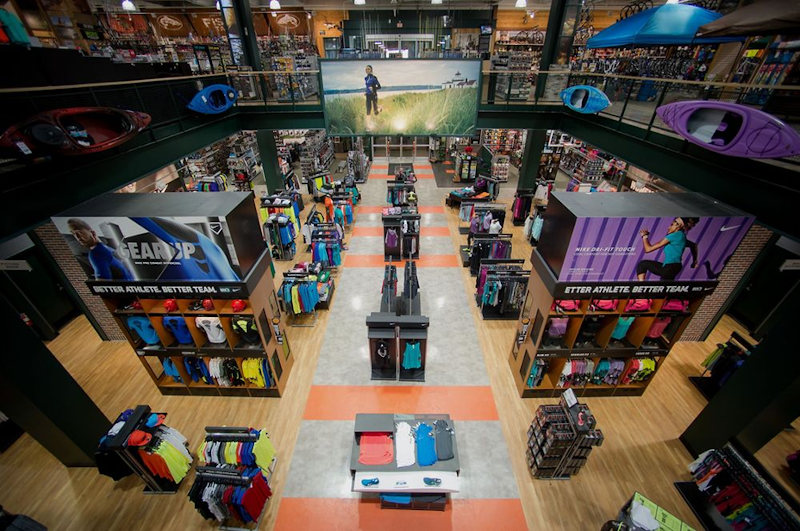
Charles R. Goulding and Ryan Donley consider the use of 3D printing in sporting goods like bicycles and golf equipment.
The retail sporting goods sector has experienced substantial consolidation in recent years and Dick’s Sporting Goods (Dick’s) is one of the successful survivors. Dick’s had a strong fiscal year ending on the 30th of January 2021 largely due to its e-commerce business. On March 9th, 2021 Dick’s prepared the market for a potential downturn in its hardline sporting goods area which includes products like bicycles and golf clubs. We suspect that Dick’s has it right since Walmart has also made the same prediction for hardline sporting goods.
Some other recent developments that might offset some of the hardline goods downturn are discussed below.
Bicycle Market Infrastructure
Recently multiple long-distance bike trails have opened up which provides bikers with new major experiences including the Austin Parks and Recreation Department pilot program paving parkland trails to expand upon a biking transportation network, especially for e-bikes.
Also, more and more cities have expanded auto-free zones which provides a wider range of safer bike usage areas. In New York City, Citi Bike is implementing a major geographical expansion through a five-year program that will add 40,000 bicycles and increase the service area by 35 miles. New York State also recently finished the 750-mile multipurpose Empire State Trail that includes 170 miles of on-road bike routes. As the nationwide demand for bicycles increases, so is 3D printing as more companies are leveraging 3D printing technology and methods to quickly turn around replacement parts and assembled cycles to meet the large demand.
Golf: 500 Million Rounds
The National Golf Foundation (NGF) predicts that almost 500 million rounds of golf were played in 2020, which is 50 million more rounds than in 2019. This increase occurred despite national golf course shutdowns in the spring of 2020.
This is a huge increase in an equipment-intensive business where players will strive to purchase new products that they hope will give them an added advantage. This is evidenced by every golf product sale increasing drastically recently and golf’s largest retailer, Dick’s, experiencing some shortages especially with custom orders that are delayed for weeks. This aspect is where a company like Cobra Golf helps as they have a deal with HP Inc. to assist with 3D printing some new products such as golf clubs and accessories to reduce the current supply chain constraints. If only a portion of the increased 2020 golf round increases sticks, this market could still enjoy a strong year.
The Research & Development Tax Credit
Whether it’s used for creating and testing prototypes or for final production, 3D printing is a great indicator that R&D Credit eligible activities are taking place. Companies implementing this technology at any point should consider taking advantage of R&D Tax Credits.
Enacted in 1981, the now permanent Federal Research and Development Tax Credit allows a credit that typically ranges from 4%-7% of eligible spending for new and improved products and processes. Qualified research must meet the following four criteria:
- Must be technological in nature
- Must be a component of the taxpayer’s business
- Must represent R&D in the experimental sense and generally includes all such costs related to the development or improvement of a product or process
- Must eliminate uncertainty through a process of experimentation that considers one or more alternatives
Eligible costs include US employee wages, cost of supplies consumed in the R&D process, cost of pre-production testing, US contract research expenses, and certain costs associated with developing a patent.
On December 18, 2015, President Obama signed the PATH Act, making the R&D Tax Credit permanent. Beginning in 2016, the R&D credit can be used to offset Alternative Minimum tax for companies with revenue below $50MM and, startup businesses can obtain up to $250,000 per year in payroll tax cash rebates.
Conclusion
With spring upon us, we will shortly see the actual level of hardline bicycle and golf products. Both sports involve numerous accessory products that can be 3D printed. Even with modest growth in both sports’ core equipment, the 3D printing industry can grow from capturing more of the accessory market.
